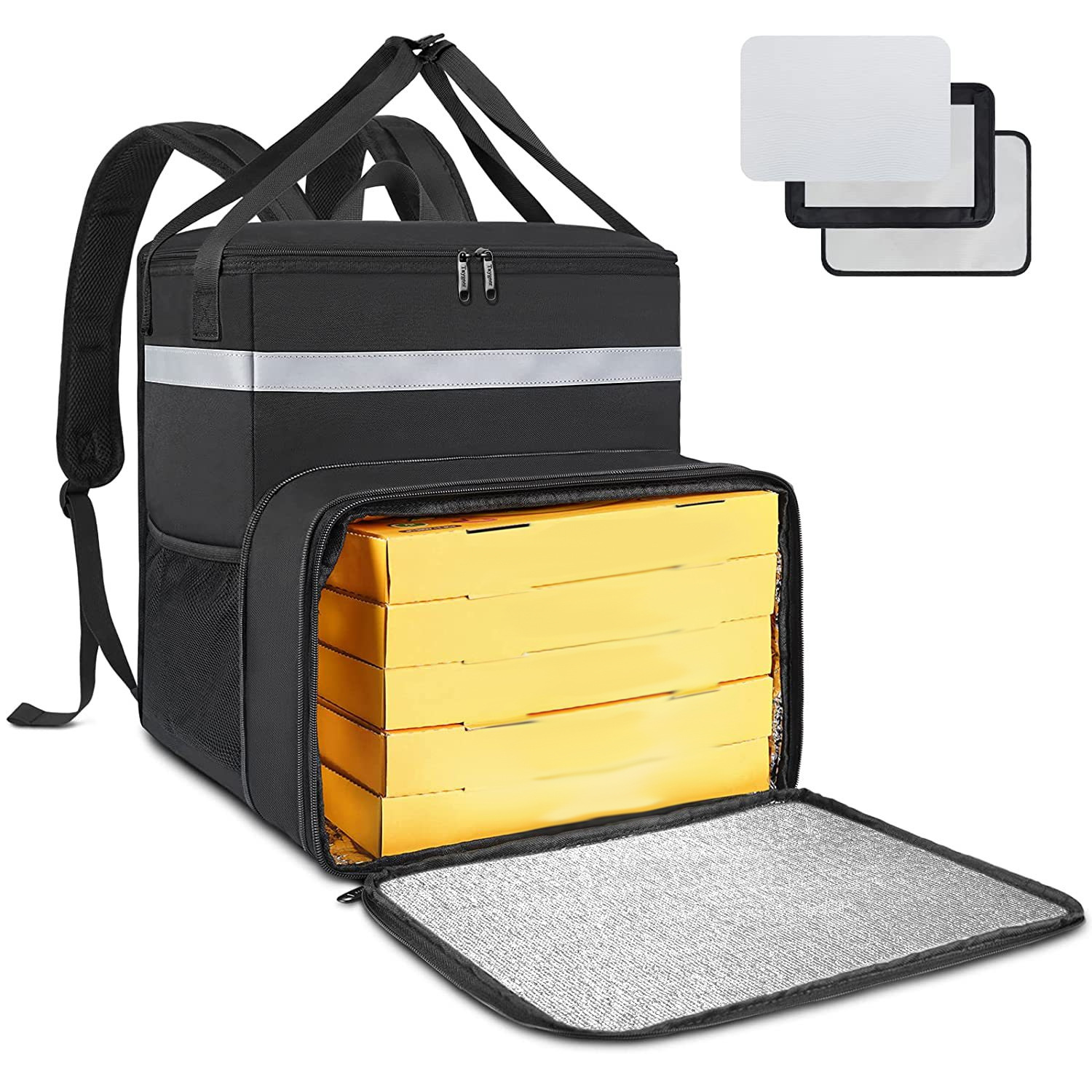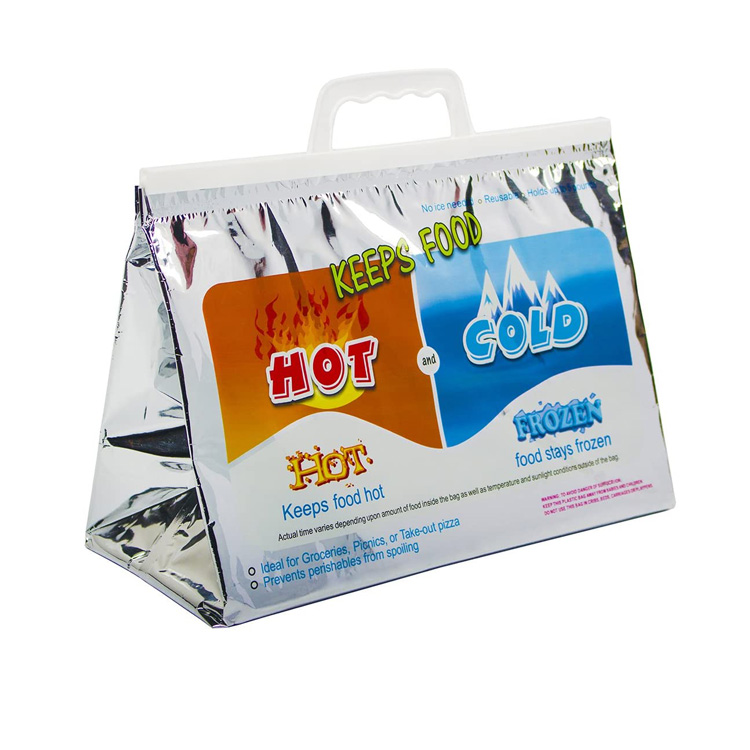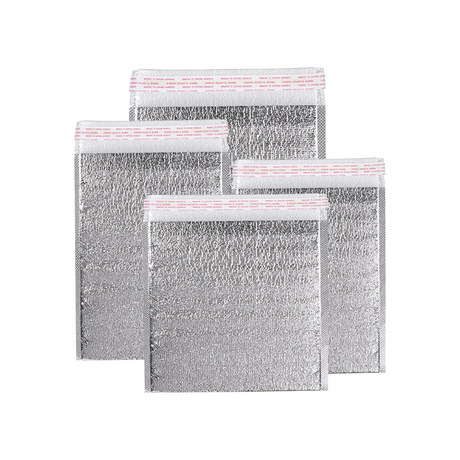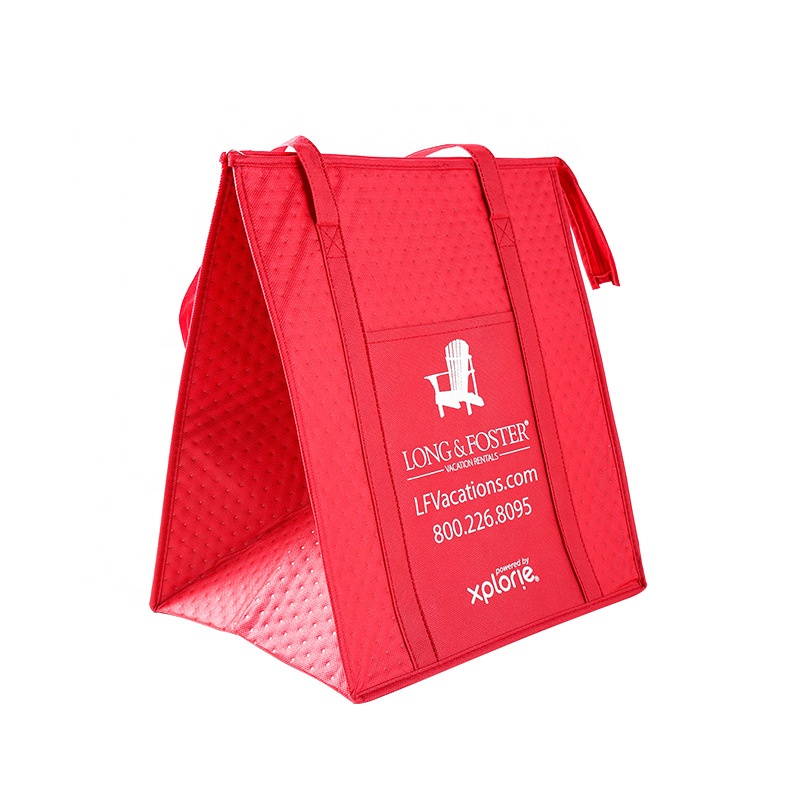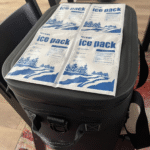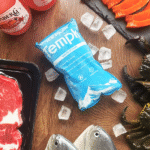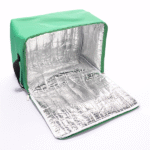A medida que se expanden las cadenas globales de suministro de alimentos, compresas frías para la comida se han vuelto críticos para preservar la frescura, reduciendo el desperdicio, y cumplir con las expectativas del consumidor. Desde kits de comida hasta productos farmacéuticos, Estas soluciones de enfriamiento deben ofrecer un control de temperatura confiable mientras abordan las preocupaciones ambientales.. Este artículo examina los últimos avances, desafíos, y la innovadora tecnología de hielo seco de Tempk, remodelando la logística de la cadena de frío.

1. Innovaciones de materiales que mejoran la eficiencia de la refrigeración
Las compresas frías modernas aprovechan materiales de última generación para optimizar el rendimiento:
-
Materiales de cambio de fase biológicos (PCM): Los derivados del aceite de coco y la cera de soja mantienen -18° C a 5 ° C para 72+ horas, superar los paquetes de gel tradicionales por 40%.
-
Conchas biodegradables: Las mezclas de PLA-PBAT se descomponen en 6-12 meses bajo compostaje industrial, Eliminar la contaminación microplástica.
-
Revestimiento mejorado de Aerogel: Los compuestos de sílice de aerogel reducen la transferencia de calor por 55% Mientras agrega un peso mínimo (0.15g/cm³).
2. Aplicaciones críticas en toda la industria alimentaria
-
Entrega de comidas: Los paquetes de gel no tóxicos con revestimientos resistentes a los rayos UV mantienen los ingredientes frescos a 0–4 ° C para envíos en 48 horas, Reducir el deterioro de 30%.
-
Transporte de mariscos: Las alternativas al hielo seco que utilizan PCM de hidrato de sal se mantienen -25°C para vuelos transcontinentales, Preservar textura y sabor.
-
Productos lácteos: Los revestimientos antimicrobianos en paquetes reutilizables inhiben el crecimiento bacteriano mientras mantienen 2–4 ° C para 96 horas.
3. Desafíos de sostenibilidad y respuestas de la industria
-
Brechas de reciclaje: Solo 15% de los paquetes de gel convencionales se reciclan gracias a sus diseños de materiales mixtos. Los envases monomateriales de Tempk logran 100% reciclabilidad en circuito cerrado.
-
Consumo de energía: Congelar cuentas para 70% de huellas de carbono. Los centros de almacenamiento en frío que funcionan con energía solar reducen las emisiones en 50%.
-
Presiones regulatorias: Regla FSMA de la FDA 204 y la Directiva sobre plásticos de un solo uso de la UE impulsan la adopción de productos trazables, materiales no tóxicos.
4. Tecnologías inteligentes que dan forma al futuro
-
Sensores IoT: Registradores de temperatura con Bluetooth (Precisión de ±0,2°C) sincronización con aplicaciones para monitoreo de la cadena de frío en tiempo real.
-
PCM autorreguladores: Los materiales impulsados por IA ajustan los puntos de fusión en función de las temperaturas externas, extender la duración del enfriamiento por 60%.
-
Compresas frías comestibles: Los geles a base de almidón con conservantes naturales se degradan de forma segura y previenen la deshidratación de los alimentos..
5. Paquetes de hielo seco de Tempk: Redefinir la excelencia en la cadena de frío
Tempk Serie ZeroIce Pro establece nuevos puntos de referencia con:
-
Fórmula ultrabaja en carbono: Hecho de 100% Co₂ reciclado, estos paquetes logran -78°C sin residuos peligrosos, ideal para envíos de alto valor.
-
Diseño reutilizable: Resistir a 500+ ciclos de congelación-descongelación (3x promedio de la industria) y cuentan con etiquetas RFID para el seguimiento del ciclo de vida.
-
Sistema de desperdicio cero: Únase a Tempk Programa CoolCycle—devolver los paquetes usados para la recaptura y desinfección del CO₂, logro 98% eficiencia circular.
Fusionando rendimiento extremo con sostenibilidad, Las bolsas de hielo seco de Tempk garantizan frescura y al mismo tiempo promueven la gestión planetaria.







